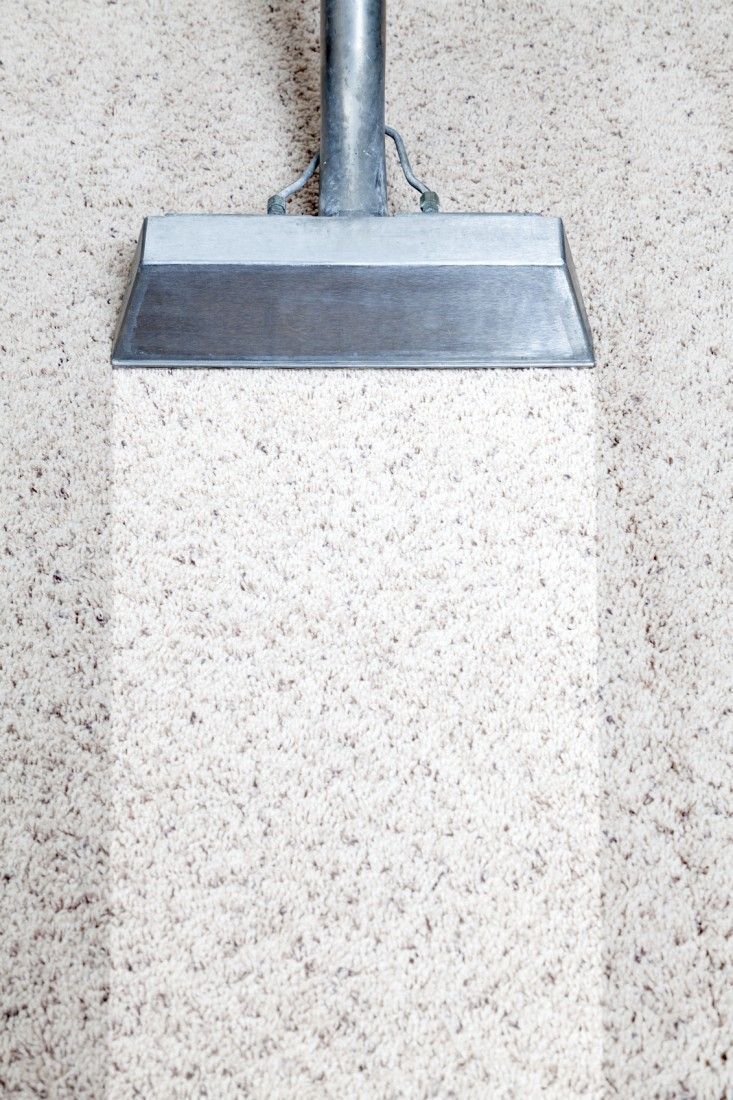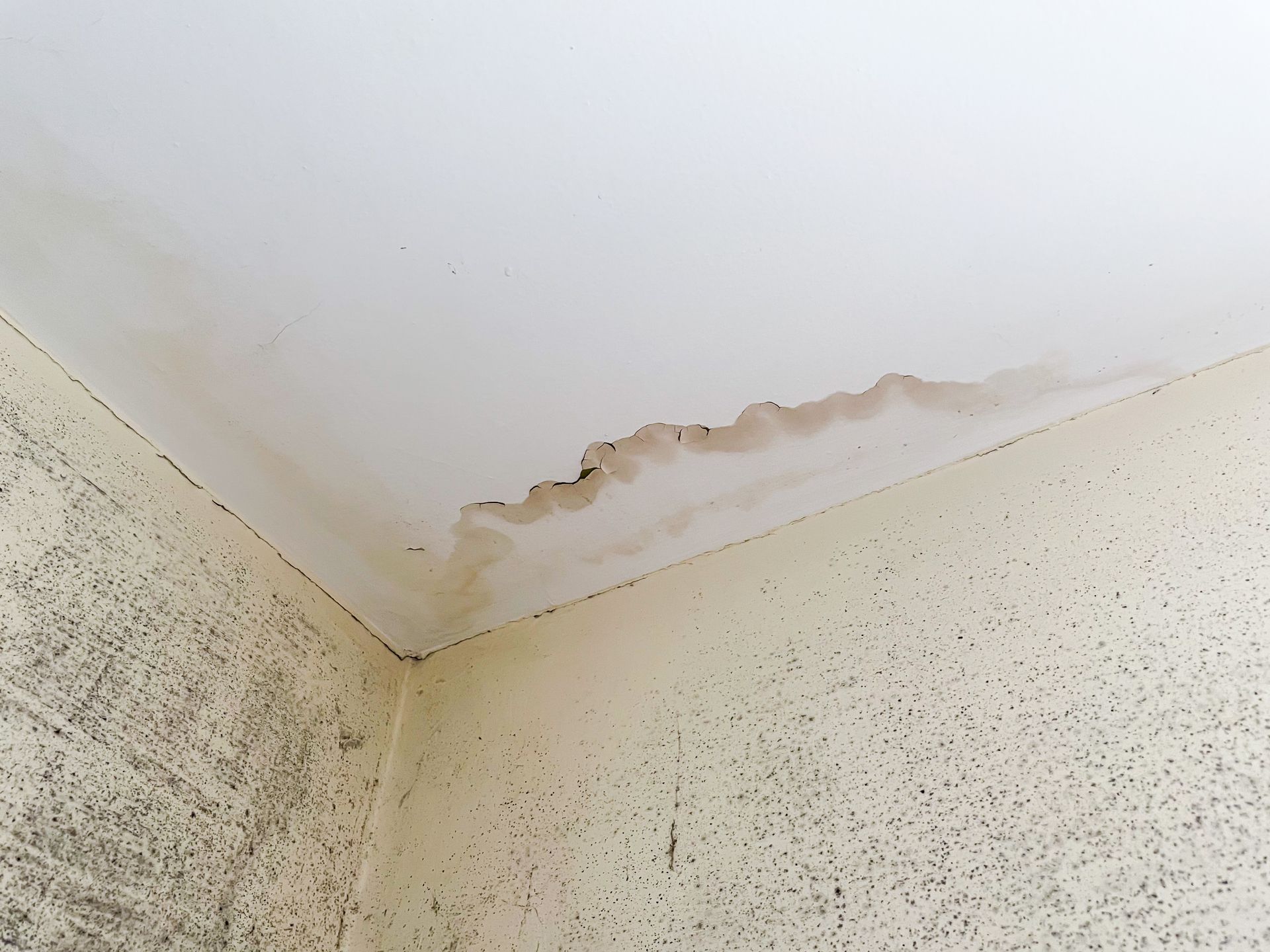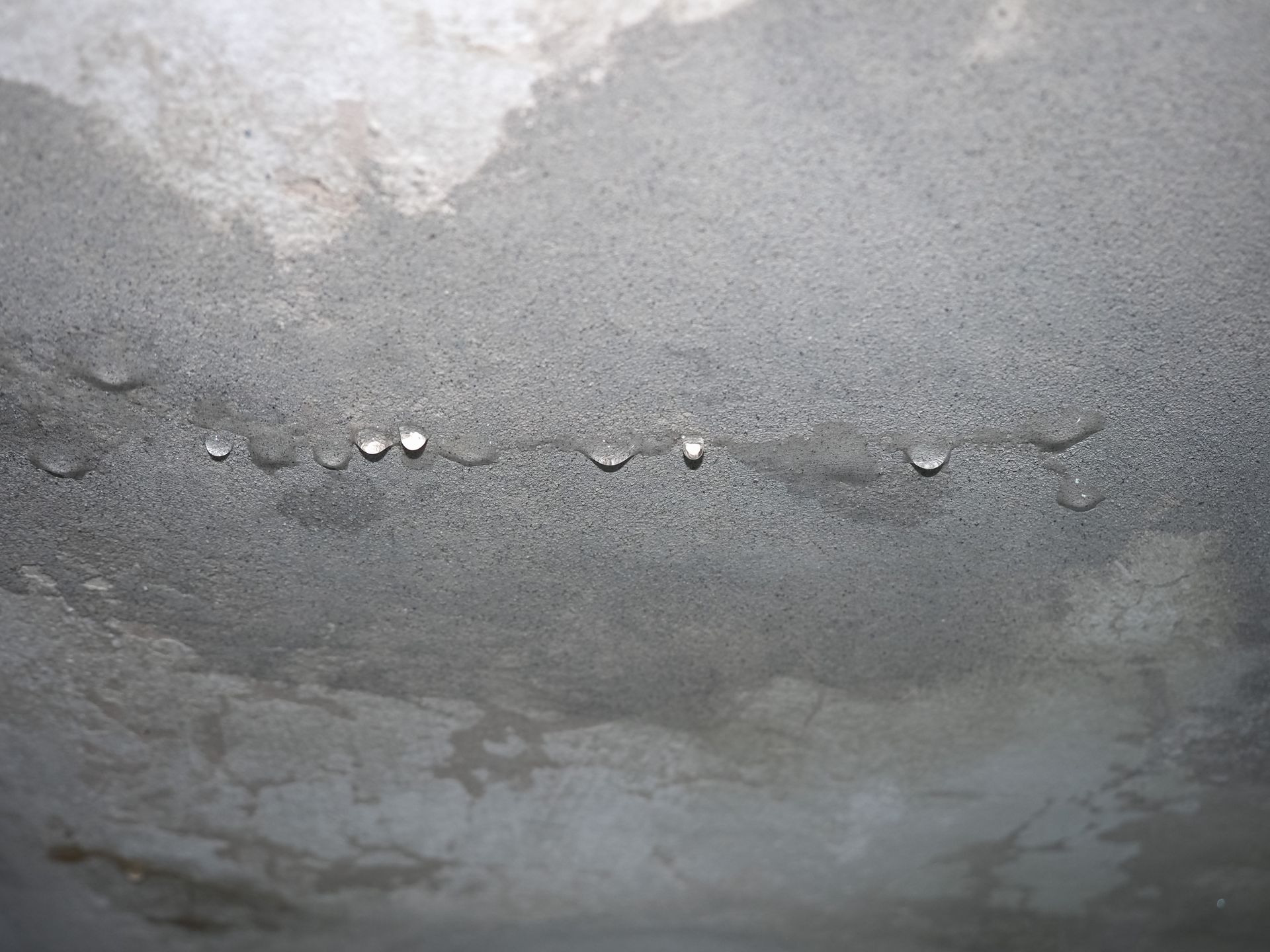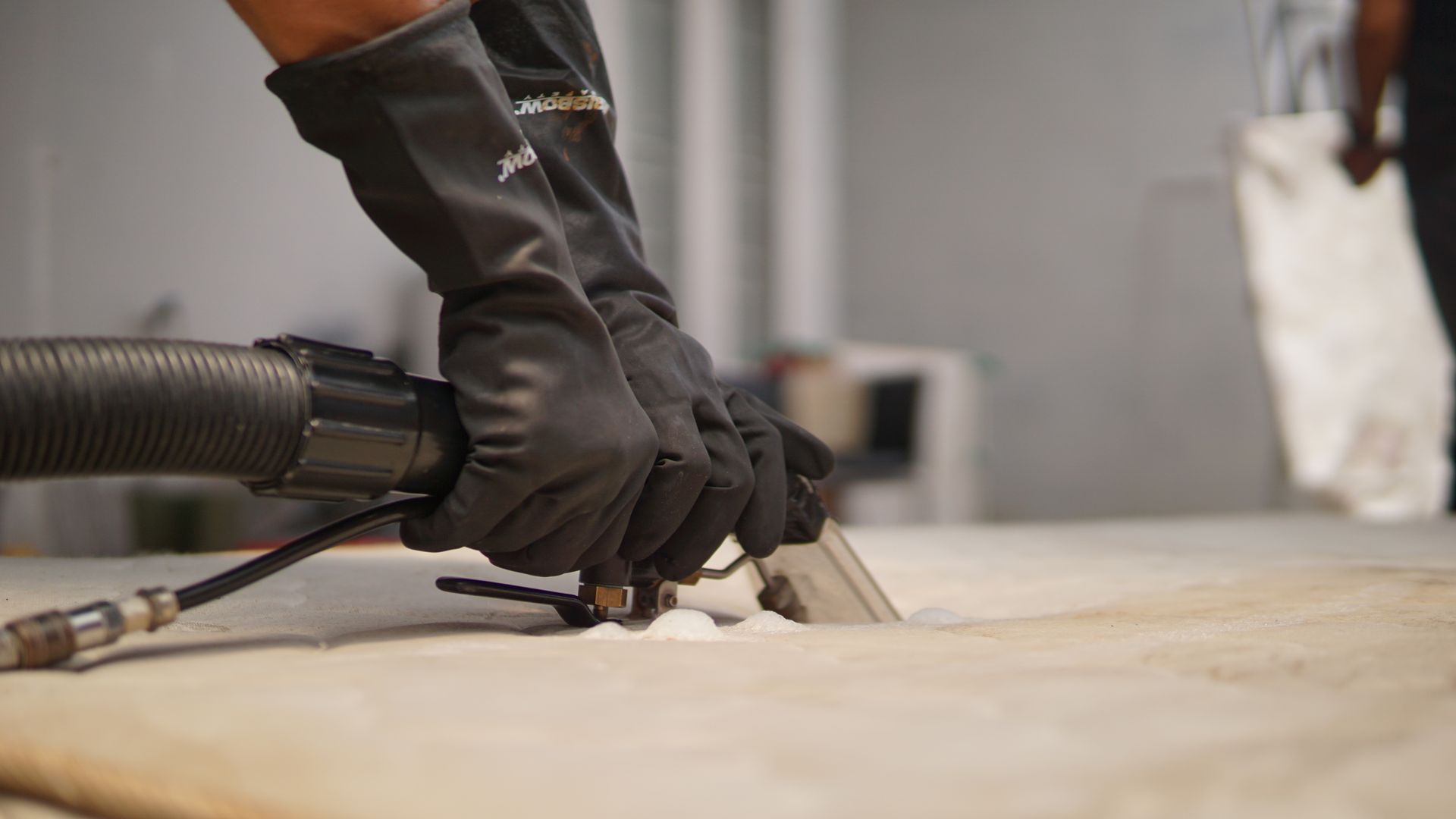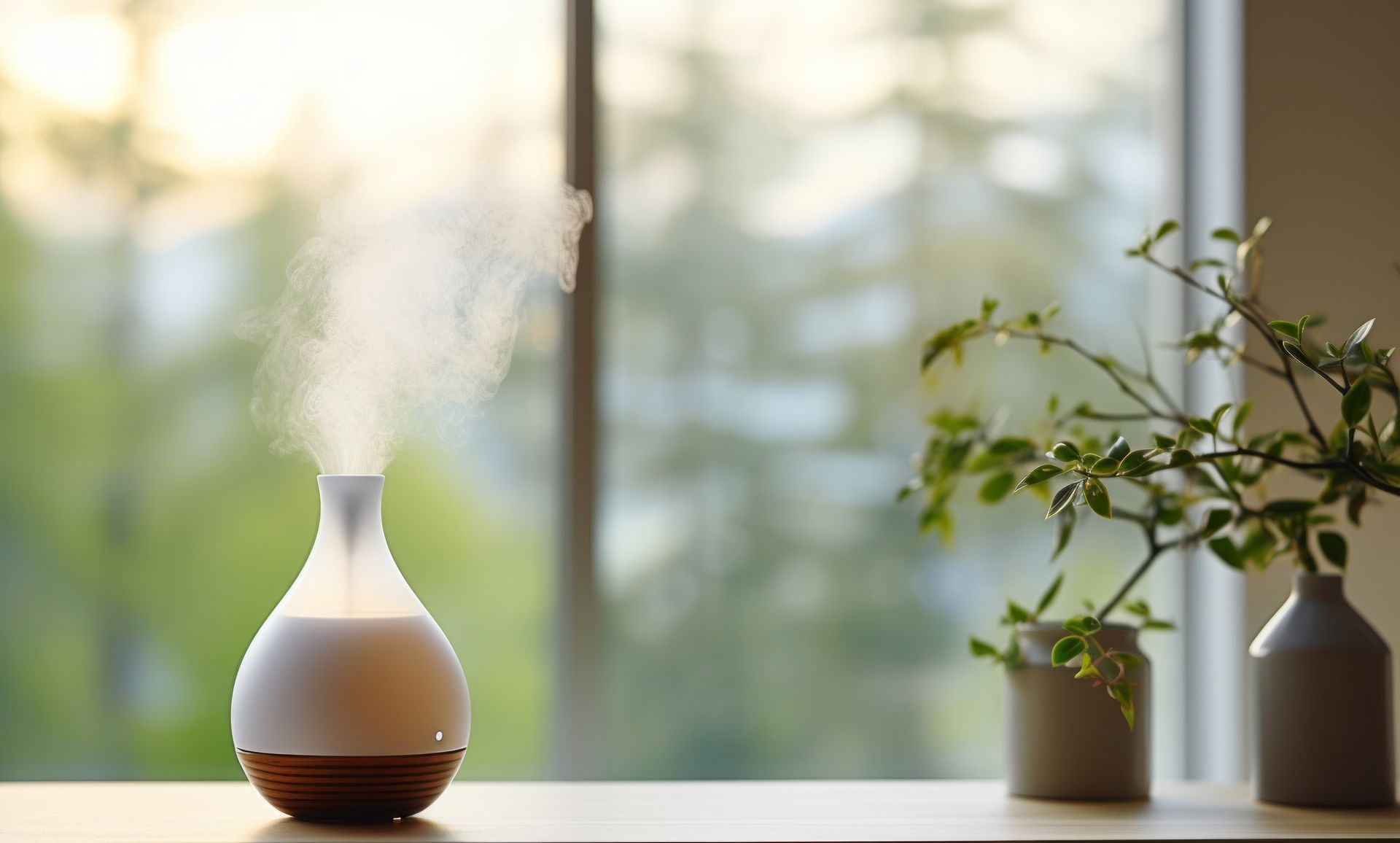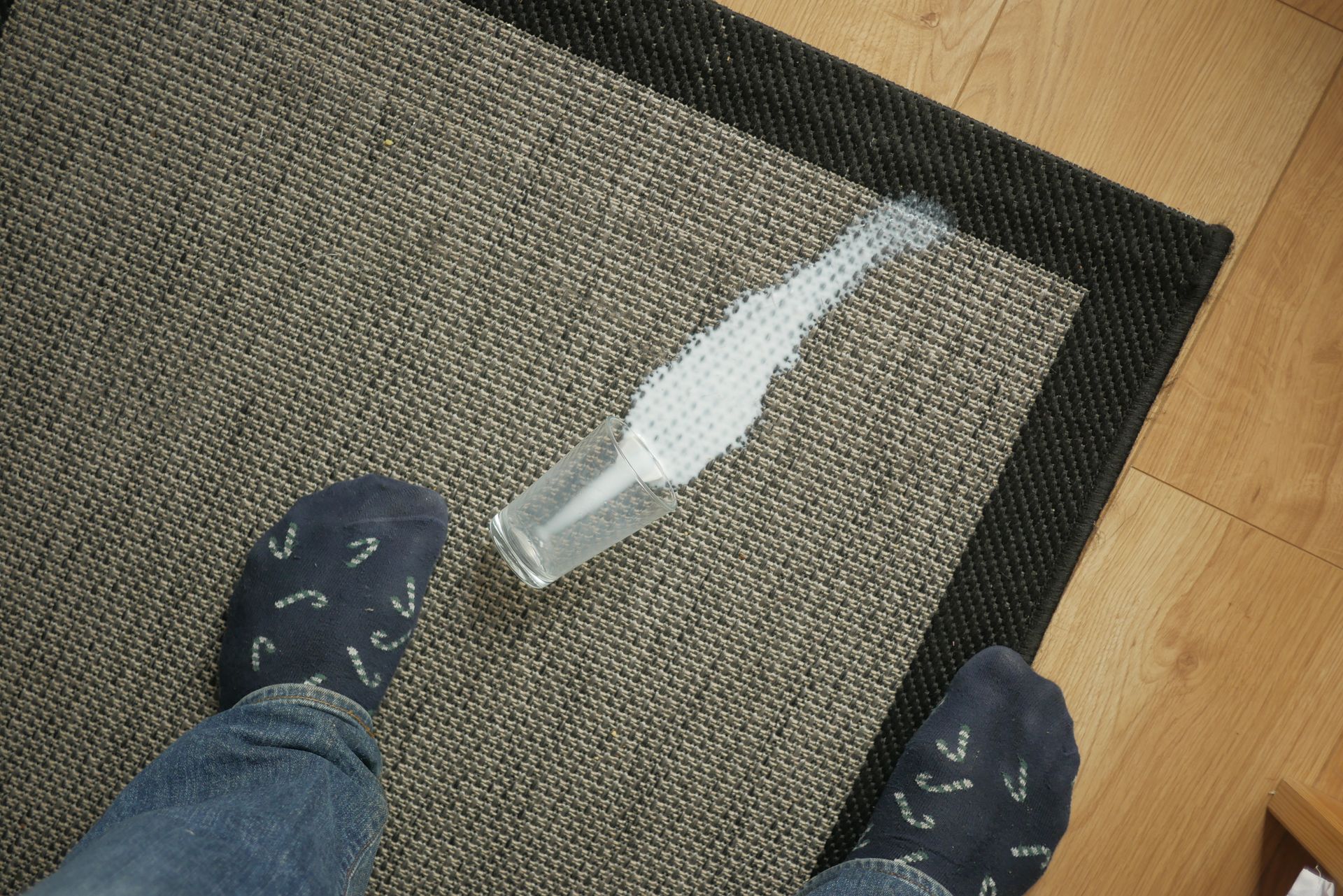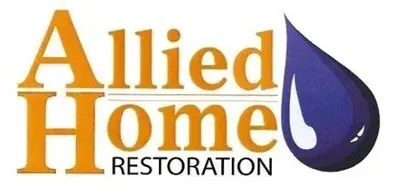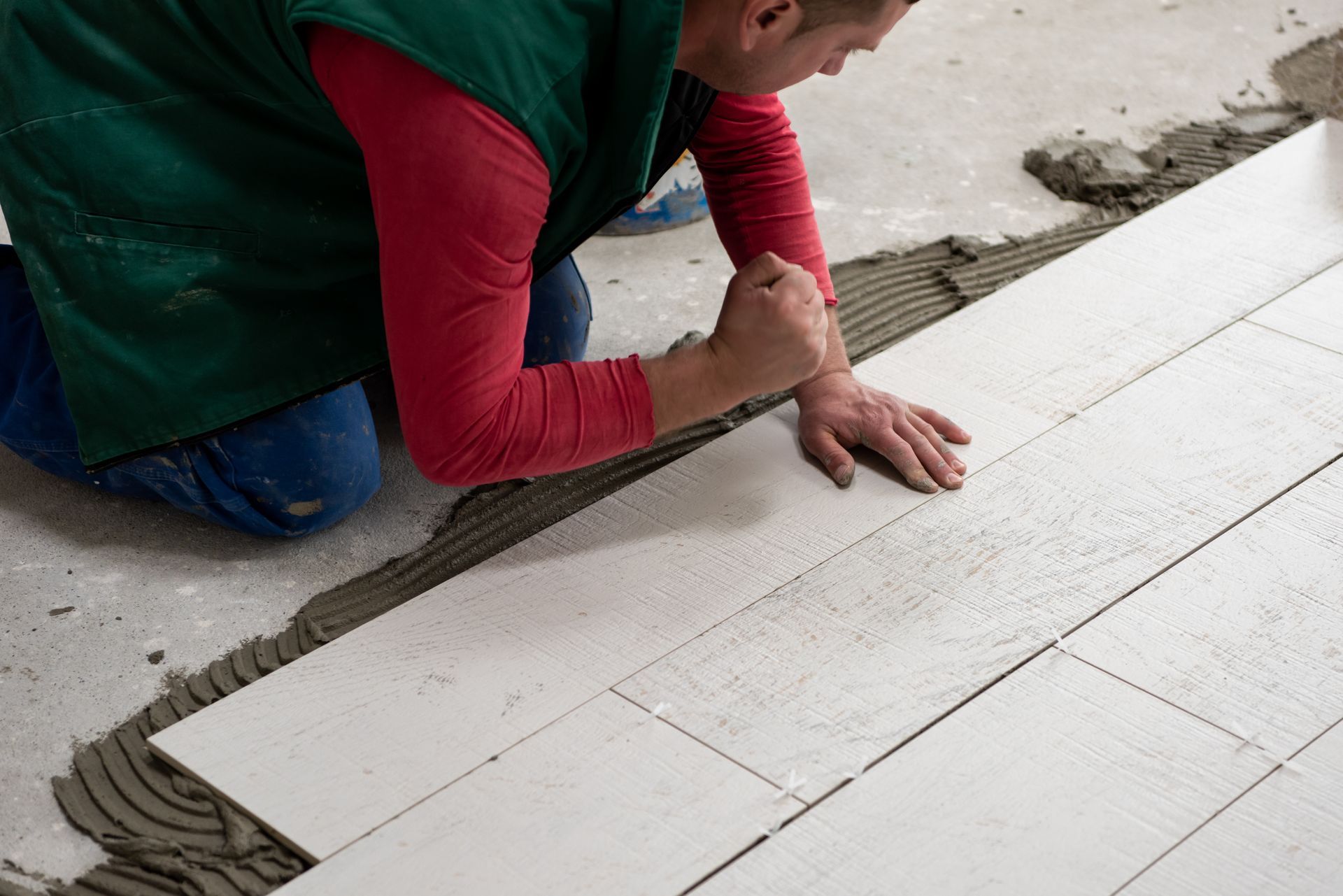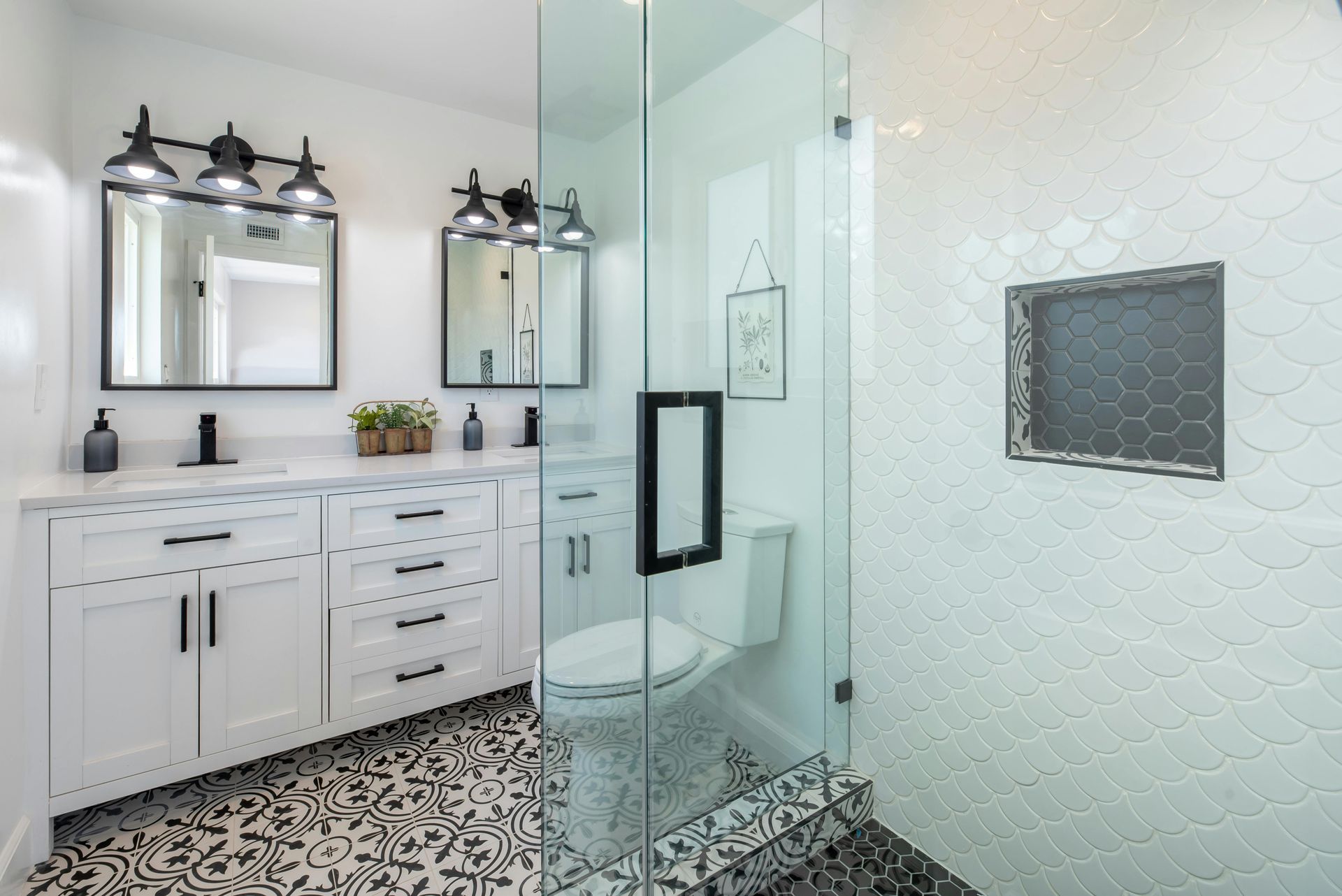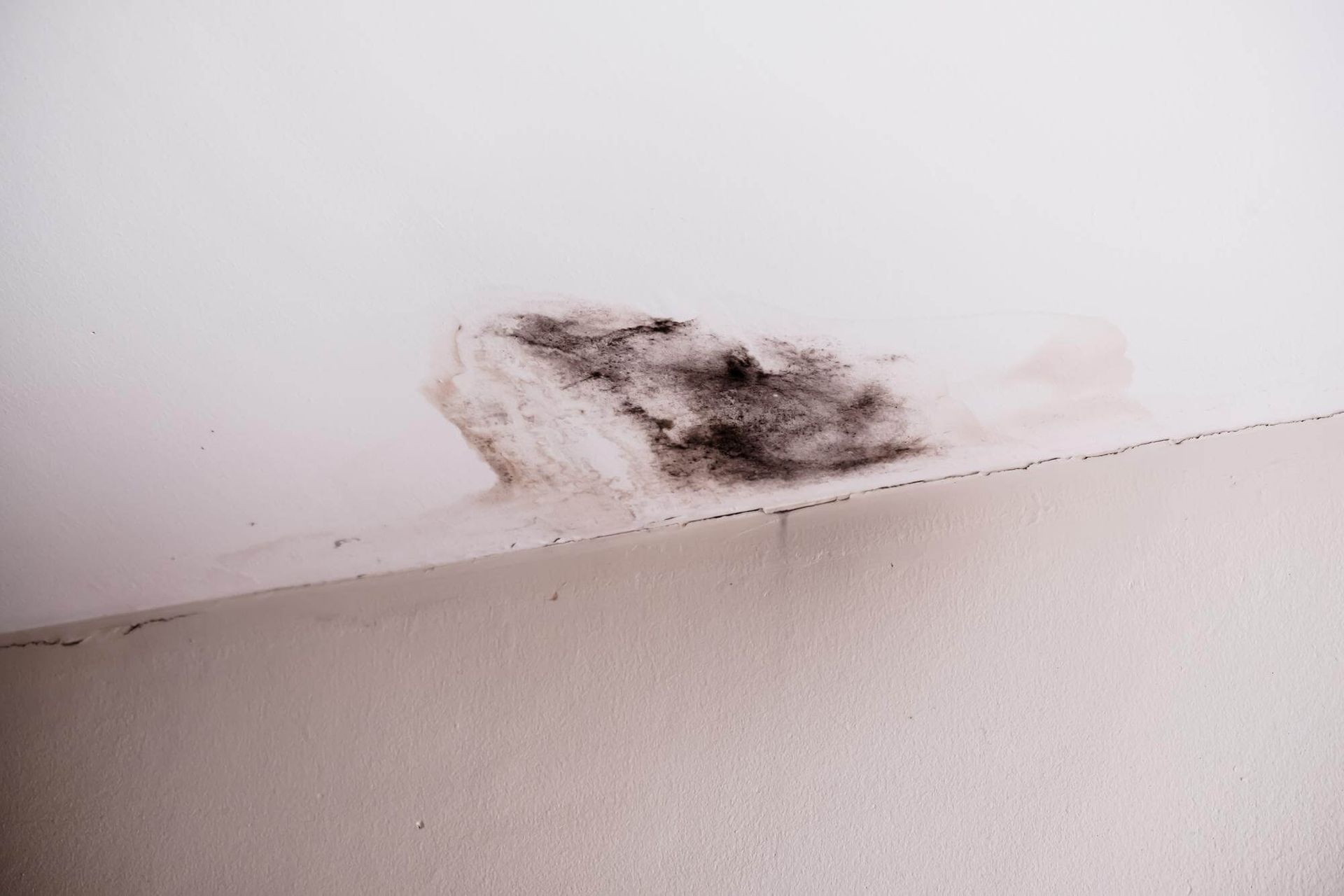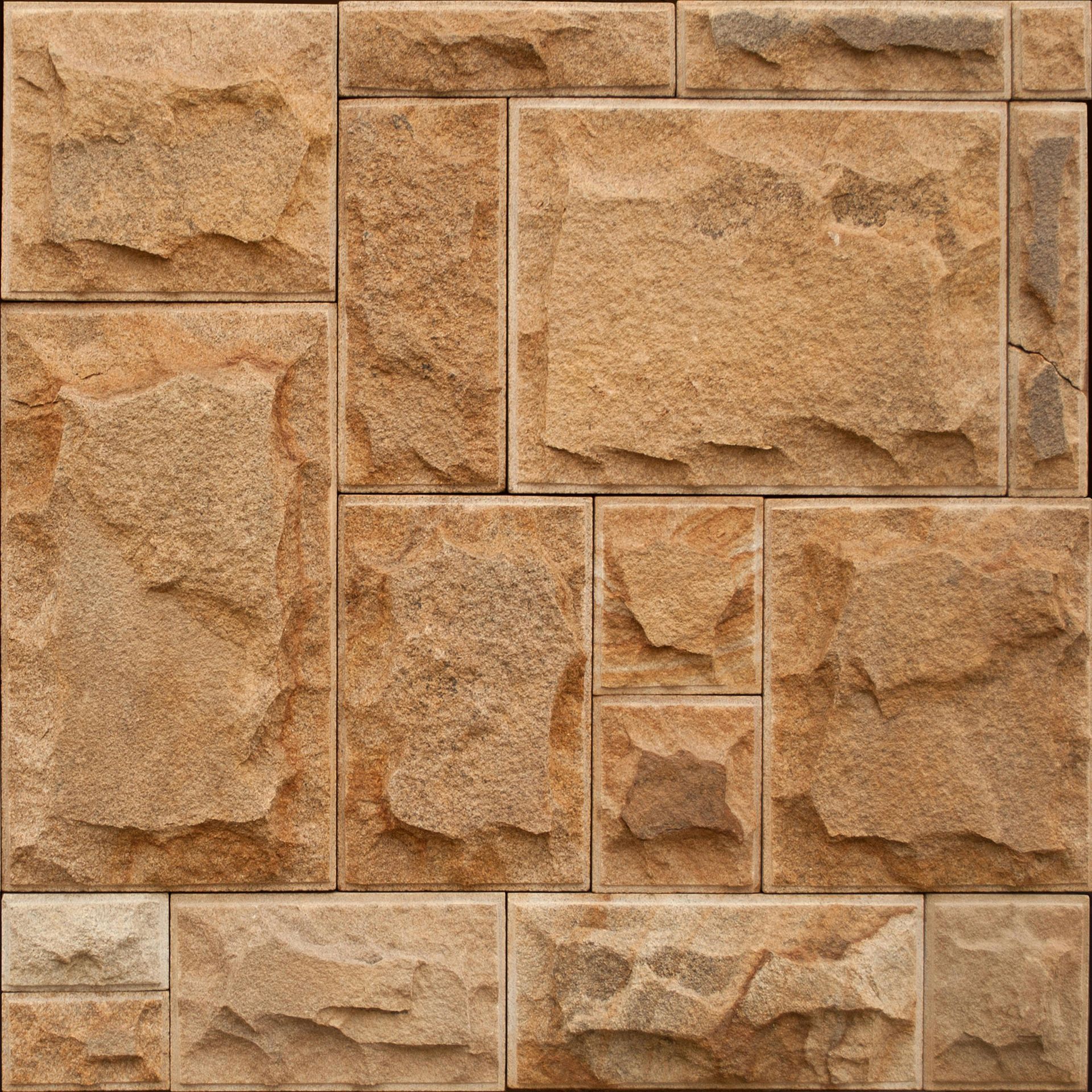Preventing Water Damage: Tips for Home Maintenance
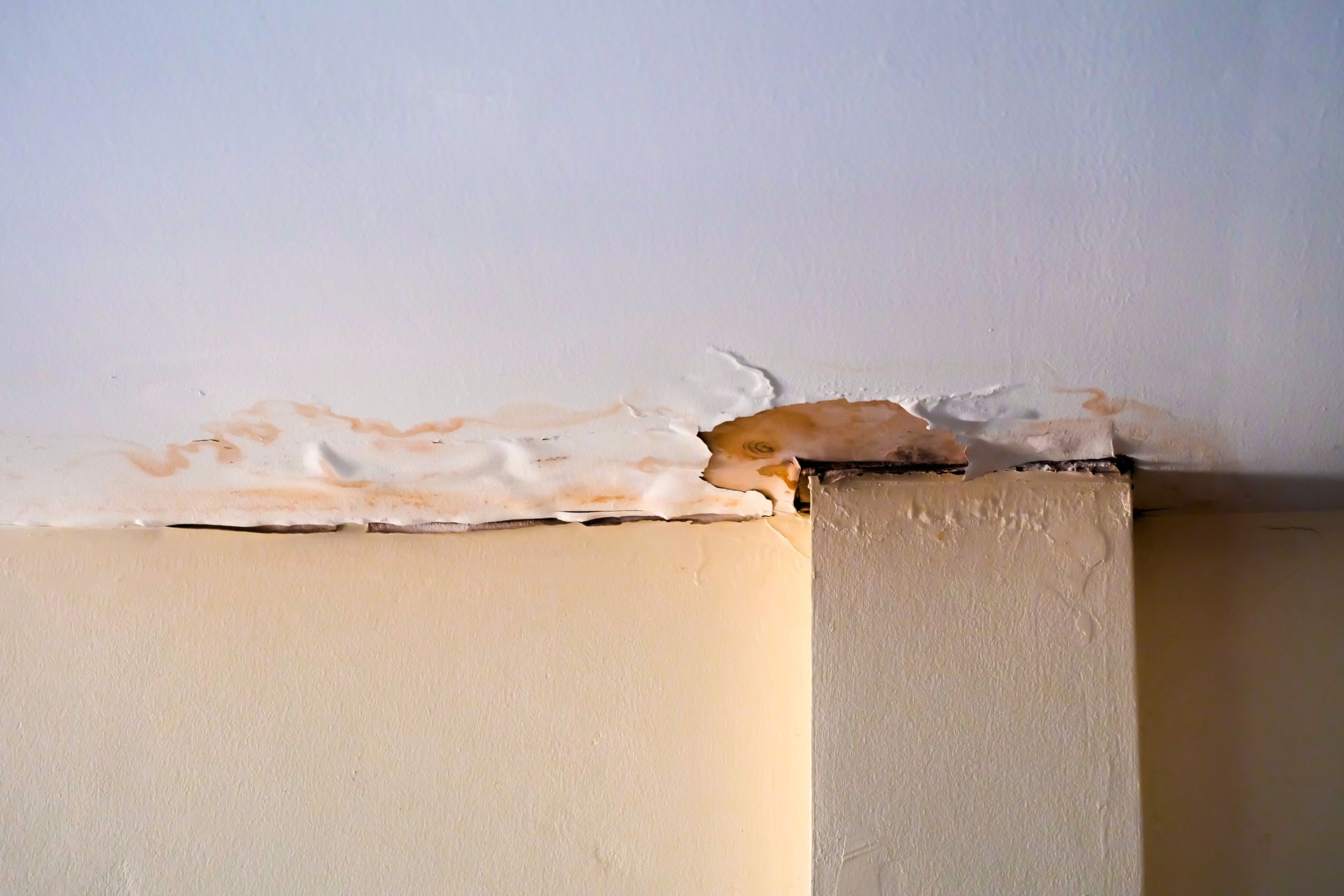
Water damage is a nightmare for homeowners, often causing costly repairs and health risks if left untreated. Leaks, whether minor or significant, can lead to structural damage, mold growth, and ruined belongings. One of the best ways to safeguard your home from such disasters is by taking proactive steps to prevent water damage before it happens. In this guide, we will explore essential tips for water damage prevention, focusing on how to detect and manage leaks, maintain home infrastructure, and protect valuable assets like carpets and upholstery.
Recognizing Early Signs of Water Leaks
Water leaks can often go unnoticed until they cause significant damage. Understanding how to spot the early signs of a leak is the first step in preventing water damage. Even a small drip or damp area can quickly turn into a major problem.
Common signs of a water leak include:
- Stains on ceilings and walls: Yellowish or brownish stains can indicate water seeping from a pipe or roof leak.
- Musty odors: A persistent, musty smell can suggest hidden water accumulation, potentially leading to mold growth.
- Unexplained increase in water bills: If you notice a sudden spike in your water usage without an obvious cause, a hidden leak could be the culprit.
- Damp or warped floors: Wooden or laminate floors that start to warp, buckle, or feel damp can signal water leakage below.
- Peeling paint or wallpaper: Moisture behind walls can cause paint or wallpaper to bubble or peel.
Early detection is crucial because even a small leak can cause extensive damage if left unchecked. Regularly inspecting your home for these signs, particularly after heavy rain or a plumbing mishap, can help you address issues before they escalate.
Maintaining Plumbing and Appliances
One of the most common causes of water damage in homes is faulty plumbing or malfunctioning appliances. To prevent water-related disasters, it's essential to properly maintain and inspect your plumbing systems and water-using appliances regularly.
Key steps to prevent plumbing leaks include:
- Inspect pipes and connections: Regularly check exposed pipes for signs of corrosion, leaks, or weak connections. Pay special attention to areas where pipes connect to appliances like washing machines or dishwashers.
- Replace old plumbing: If you live in an older home, your plumbing system may be outdated and more prone to leaks. Consider replacing old pipes with modern, durable materials to reduce the risk of leaks.
- Maintain water-using appliances: Routinely inspect your washing machine, dishwasher, refrigerator (if it has a water line), and water heater for any signs of leaks or wear. Replace hoses every 5-7 years to prevent cracks or leaks.
- Check water pressure: Excessive water pressure can strain pipes and cause them to burst. Installing a water pressure regulator can help control the pressure and reduce the risk of leaks.
By staying proactive and keeping up with routine maintenance, you can avoid many common water-related issues and extend the life of your plumbing and appliances.
Protecting Your Home’s Foundation and Roof
Water damage often starts from the outside of your home and works its way in. Two critical areas to protect are your foundation and roof, as leaks in these areas can cause severe structural damage and long-term issues.
To protect your foundation:
- Maintain proper drainage: Ensure that your gutters and downspouts are functioning correctly and are directing water away from your home's foundation. Standing water near your home can seep into the foundation, causing cracks and leaks.
- Slope the ground away from your house: The landscape surrounding your home should slope away to prevent water from pooling around the foundation. A proper grade ensures that rainwater flows away from the structure.
- Install a sump pump: A sump pump can help prevent basement flooding by pumping water out before it causes damage. Test your sump pump regularly to ensure it's functioning properly.
To protect your roof:
- Inspect your roof for damage: Regularly check for missing or damaged shingles, cracks, or other issues that could allow water to seep through. After severe weather, inspect the roof for signs of wear and tear.
- Clean your gutters: Clogged gutters can cause water to overflow and seep into the walls and foundation of your home. Keep your gutters and downspouts clear to prevent water buildup.
- Repair flashing around chimneys and vents: Flashing seals the gaps between your roof and other structures like chimneys or vents. If the flashing is damaged or missing, it can lead to water infiltration.
Maintaining a solid defense against water infiltration from the roof and foundation can save you from extensive repair costs and preserve the integrity of your home.
Waterproofing Basements and Crawl Spaces
Basements and crawl spaces are particularly vulnerable to water damage due to their location below ground level. Water can easily seep into these areas during heavy rains or flooding, leading to mold, mildew, and structural damage.
Effective waterproofing strategies include:
- Seal cracks and gaps: Inspect your basement or crawl space for cracks in the walls or floors. Use a waterproof sealant to fill these gaps and prevent water from entering.
- Install a vapor barrier: A vapor barrier is a protective plastic sheet placed over the walls and floor to prevent moisture from seeping through. This is especially helpful in crawl spaces.
- Use a dehumidifier: A dehumidifier can help control humidity levels in your basement or crawl space, reducing the risk of mold and mildew growth.
- Install a French drain system: A French drain is a trench filled with gravel or rock that directs water away from your home. This can be particularly effective in areas prone to flooding.
By taking these preventive measures, you can protect your basement or crawl space from costly water damage and create a healthier environment in your home.
Protecting Carpets and Upholstery from Water Damage
When water infiltrates your home, it can cause significant damage to your carpets and upholstery. Damp carpets and furnishings can quickly become breeding grounds for mold and bacteria, leading to unpleasant odors and health risks. Protecting these valuable assets is crucial in preventing long-term damage.
To protect your carpets and upholstery:
- Act quickly to dry wet areas: If water spills on your carpet or upholstery, act immediately by blotting the area with towels and using fans to promote drying. Water damage increases with prolonged exposure.
- Use waterproof mats and covers: In areas prone to moisture, such as entryways, kitchens, and bathrooms, use waterproof mats to prevent water from seeping into your carpets.
- Schedule professional cleaning: Regular professional cleaning can help remove any hidden moisture and prevent mold growth. At Allied Home Restoration, we offer expert carpet and upholstery cleaning services to keep your home clean and safe.
- Install a water alarm system: Water alarms can alert you to leaks before they cause significant damage. These devices are particularly useful in areas where water can accumulate, such as basements and laundry rooms.
Keeping your carpets and upholstery dry not only preserves their appearance but also protects your family’s health by preventing mold growth and bacteria buildup.
Contact Allied Home Restoration for Professional Water Damage Restoration
At Allied Home Restoration, we specialize in helping homeowners recover from water damage. Whether you're dealing with a burst pipe, a leaking roof, or flooded carpets, our expert team in Linden, MI, is equipped with the tools and knowledge to restore your home to its best condition. We also offer preventive services like professional carpet cleaning and mold testing to protect your home from future water damage.
Don't let water damage take over your home. Contact Allied Home Restoration at
(810) 691-5464 today to schedule an inspection or get emergency restoration services.
FAQs
How can I tell if my home has hidden water damage?
Hidden water damage can be detected through signs like musty odors, unexplained stains on ceilings or walls, peeling paint, and warping floors. Regularly inspecting these areas can help you spot issues early.
What should I do if I find a leak in my home?
Act quickly by shutting off the water supply to the affected area and contacting a professional. Dry the area as much as possible to prevent further damage, and consider hiring a restoration company like Allied Home Restoration to assess the situation.
How often should I clean my gutters to prevent water damage?
Gutters should be cleaned at least twice a year, in the spring and fall, to prevent blockages. Areas with lots of trees may have more gutter debris, so cleaning them more often is recommended.
Can water damage lead to mold growth?
Yes, water damage that is not addressed promptly can create ideal conditions for mold growth, which can spread quickly and cause health problems.
How can I prevent water damage in my basement?
To avoid water damage in your basement, seal any cracks in the walls, ensure proper drainage around your foundation, and consider installing a sump pump or French drain system to manage excess water.
